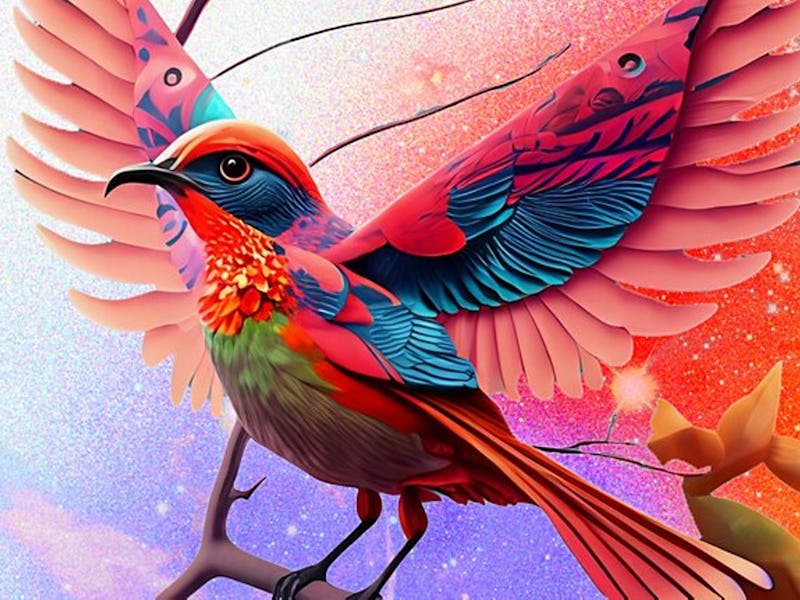How To Use Adobe Firefly For Generating AI Images and Graphics
Adobe is hopping on the generative AI train with Firefly, a tool that works with Photoshop and its other apps.

Adobe has created industry-standard creative tools for almost 40 years, but that doesn’t mean it’s run out of tricks just yet.
Now, with an influx of new generative AI, Adobe is following in the footsteps of companies like OpenAI, Microsoft, and Google to augment tools like Photoshop with an added dose of AI capabilities.
What is Adobe Firefly?
Firefly is an AI-powered image generation system created by Adobe, meant to work directly with the Adobe Creative Suite to create and alter images and video using its own proprietary AI systems.
Currently, the beta release only has AI Image Generation systems that are similar to other services, but Adobe is currently hinting at multiple other features that could be used with its own software suite, including AI-powered video editing and 3D modeling.
Text-to-image generators are all the rage while AI has a huge moment.
The system is “trained on Adobe Stock images, openly licensed content and public domain content, where copyright has expired” according to Adobe, which means it draws from a refined set of data to generate images. Adobe notes that the system doesn’t draw from Adobe customers’ content, and instead only uses images that it specifically has the rights to.
How do you get access to Adobe Firefly?
Because Firefly is still in Beta, Adobe is limiting the number of people who have access.
Currently, the only way to get access is through an online application which requires an Adobe ID account. After applying, you’ll have to wait a bit: Some users online say the process can take up to a month. However, Adobe says it’s currently accepting “thousands of accounts every day.”
What can/can’t Adobe Firefly generate?
Firefly can be used to generate new images and stylized text, along with recoloring existing vector-based images (like those created in Adobe Illustrator).
The images created by Firefly can be generated along a number of parameters, including specific styles, text prompts, aspect ratios, and image resolutions (up to 2000x2000). Images and stylized text can be exported as JPEGs or PNGs, and Vector recolors can be exported as SVG files.
Along with this, Adobe has a large list of “in exploration” features that it’s currently experimenting with. While these features haven’t been rolled out to beta testers yet, Adobe has plans to eventually introduce them once they’re fully functional.
These features include vector-based image generation (as opposed to the usual pixel-based), AI-powered image extension (kind of like the Content Aware Scale in Photoshop), and the generation of brushes and seamless patterns from text prompts.
How is Firefly distinct from other AI image generators?
There are a few limitations for how and when Adobe lets you use Firefly.
One of the biggest differences between Firefly and other generative AI is its direct connection to Adobe. Because of this, the system has been designed to work with the Adobe Creative Suite, which makes it ideal for anyone already integrated into the Adobe workflow.
Firefly also allows for high-resolution exports and the exporting of stylized text with transparent backgrounds — something that most other image generation can’t do.
Much like other image generation, Adobe Firefly does have limits on what it can generate. It prohibits violent, terroristic, or pornographic materials in the same way that pretty much every other site does. Along with this, any content generated during the beta shouldn’t be used for commercial purposes.
Adobe has been involved with recent AI ethics groups such as the Content Authenticity Initiative (CAI) and Coalition for Content Provenance and Authenticity (C2PA), which are meant to “ensure AI-generated images are being created responsibly.”
It’s also released its own statements on ethical uses of generative AI, and notes that AI-generated images will have a tag embedded into their credentials to make sure that it is “easily distinguished from work created without generative AI.”
This article was originally published on